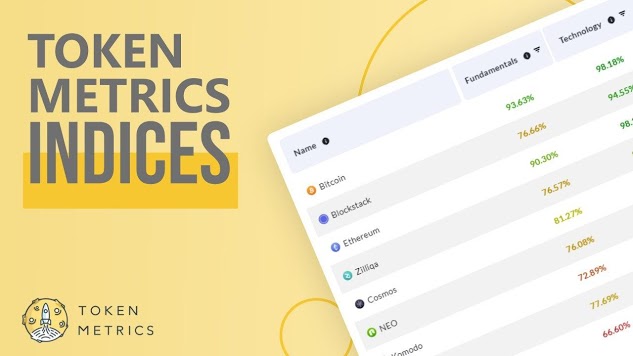Google wants its coding assistant, Jules, to be far more integrated into developers’ terminals than ever. The company wants to make it a more workflow-native tool, hoping that more people will use it beyond the chat interface.
Jules, which the company first announced in December 2024, will gain two new features: a Jules API to facilitate integration with IDEs and a Jules Tools CLI, allowing the agent to be opened directly on the command line.
More companies find that bringing their agents, coding-focused or not, into the applications people removes a lot of friction for enterprise users. Jules takes this trend a step further by adopting the same workflow as developers.
“Until today, you’ve primarily interacted with Jules in your web browser, but we know developers live in the terminal,” said Kathy Korevec, director of product at Google Labs, in a blog post. “It’s where we test, build, debug, and ship. That’s why we built Jules Tools, a lightweight command line interface, so you can spin up tasks, inspect what Jules is doing, and make the agent your own, all without leaving your workflow.”
Through Jules CLI and API, Google said enterprises will get “more control and flexibility by where and how you can use Jules.”
In May, Google released Jules into beta and announced GitHub integration. It became generally available in August with higher rate limits for Google AI Pro and Ultra users.
Moving away from chat
As Korevec said, the primary way developers and enterprises interact with agents is through a chat interface.
Other coding agents have begun integrating their coding tools into IDEs and CLIs. OpenAI rolled out a fine-tuned version of GPT-5, called GPT-5-Codex, that will initiate the process of unifying its Codex coding assistant with IDEs, CLIs, and other workflows. Google also released Gemini CLI, which acts similarly to Jules Tools CLI, but is open-sourced and can be brought to other platforms.
Coding agents are already becoming essential tools for enterprises, and as their preferences solidify, providers like Google, OpenAI and Anthropic want these agents to be more top of mind for users.
Enterprises envision AI agents to be more passive, ambient tools, which can be difficult to imagine if most people interact with them via chat and have to prompt them to work. If adoption is high, that more proactive and integrated future will be clearer.
How Tools and API work
Developers can install Jules Tools via npm, which will then print a guide on how to use it. While in the CLI, an engineer or coder can use the code Command to prompt Jules to do a task, and the code Flag will customize it. For example, this string, jules –theme light, will switch to light mode.
On the API side, enterprises can connect the Jules API to other platforms they use. They can connect it to Slack, for example, so that some team members can trigger tasks directly from Slack if a bug is reported there, which will then tap their CI/CD pipeline.
Google also added other updates to help reduce latency and fix some environment and file system issues. These include:
-
File selector to call out specific files in chat to add context
-
Memory, which gives Jules the ability to remember preferences going forward
-
Environment Variables management that gives Jules access to these variables while executing a task
Response so far
Since its announcement, the response has been mostly positive. However, some are confused over Google’s two coding agent CLI offerings.

